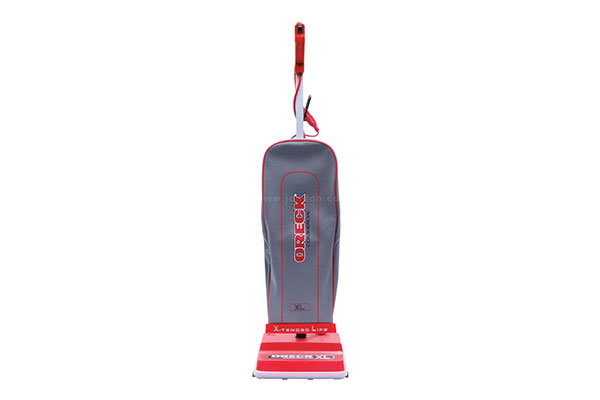When it comes to water damage restoration work, a shop vacuum is another tool that comes in handy. It’s big plus is that a shop vacuum is so portable that it can be quickly utilized for smaller water extractions and general site cleanups. There are standard wet/dry shop vacuums and then there are commercial-grade wet/dry shop vacuums.
A shop vacuum has two important characteristics, CFM (cubic feet per minute of air) and lift. Once you understand the importance of what these mean, you will be able to choose one that will work best for your needs
What Makes a Vacuum Work?
It starts with the difference between high and low air pressure and is combined with air flow. High air pressure will always move towards low air pressure. When the vacuum motor is turned on, it creates low air pressure inside the vacuum’s tank. The higher air pressure outside the tank forces itself up the vacuum’s hose and into the tank, carrying with it whatever is placed near the end of the hose. That is lift and it is measured in inches, the number of inches a vacuum can pull water up a tube. For an example, a vacuum with a lift rating of 80 inches can pull water 80 inches up a tube.
CFM refers to the airflow that is taken in through the vacuum’s hose. It is always important to have as much CFM capability as possible because this is what determines how much suction the motor can create, how much “lift” it will have. A common air flow measurement will be in the 125 CFM range. CFM will be affected by the vacuum’s filter(s). A HEPA filter, or a dirty filter, will decrease CFM accordingly.
Both CFM and lift are required. Here’s the key, lift gets things going, and CFM keeps things moving.
Shop Vacuum Water Removal
To begin with, if your shop vacuum has a paper filter and/or a bag for catching debris, you should remove it/them before using the vacuum to extract water. There are foam filters available (some vacuums come with one in addition to a paper filter) for use with many shop vacs when water is being picked up and you should switch to one of these filters if possible.
Most shop vacs have a plug on the tank to assist in emptying water. If yours has one, remove the plug and attach a garden hose to the tank. That way you can direct the water into a drain or sump pump and avoid having to physically carry the water to the disposal site. Water weighs 8.3 pounds per gallon. Many shop vacuums that you would buy from a home improvement store have an 8-10 gallon tank. How many trips do you want to make hauling 66-83 pounds of water to the disposal site?
When you begin extraction, do not submerse the vacuum ‘s hose in standing water. Remember that lift occurs only when there is sufficient air flow (CFM). Instead use the hose along the edge of the water . This may seem to you to be the slow way to go, but the vacuum will work much better as air is drawn in and “lifts” the water.
Warning: never use a shop vacuum to extract a flammable liquid.
Why Commercial Is Better
The first difference you will notice when comparing a standard shop vacuum to a commercial grade one is the price. Heavy-duty commercial grade shop vacuums aren’t cheap by any means. While $100 will buy you a nice standard grade shop vac, a commercial grade will set you back $800 or more.
The second difference is capacity. Most commercial grade vacuums have a tank that will hold at least 14 gallons of water. Many also have variable speed motors that can be dialed up or down depending on available electricity usage and the project’s suction requirements.
Commercial grade shop vacuums usually have one or more internal filters, at least one of which will be a HEPA filter. Never use a standard model when doing mold remediation. Mold spores are too small to be captured by any standard filter and mold remediation should only be performed by certified technicians that understand the complexities involved in mold removal and possible cross contamination into unaffected areas.
Commercial shop vacuums will also have increased lift and CFM capabilities. Typical lift is 100 inches with CFM over 125. When it comes to extracting water from carpet and cushion, regular shop vacuums can’t compare. A standard shop vac will pick up water, but a commercial grade shop vacs are able to extract water, pulling from more than just the water covering the surface of the carpet.
More Than Equipment, It Takes Expertise
Water Mold Fire Restoration’s certified water damage and mold remediation technicians have the training and equipment necessary to successfully cleanup these complex damage problems. They are standing by 24/7 to answer your call for help. Whether your loss is water damage, mold, or fire damage related, we can provide the solutions you need. Call us at 800-905-0277 or email us at help@watermoldfire.net to talk to a live person.








